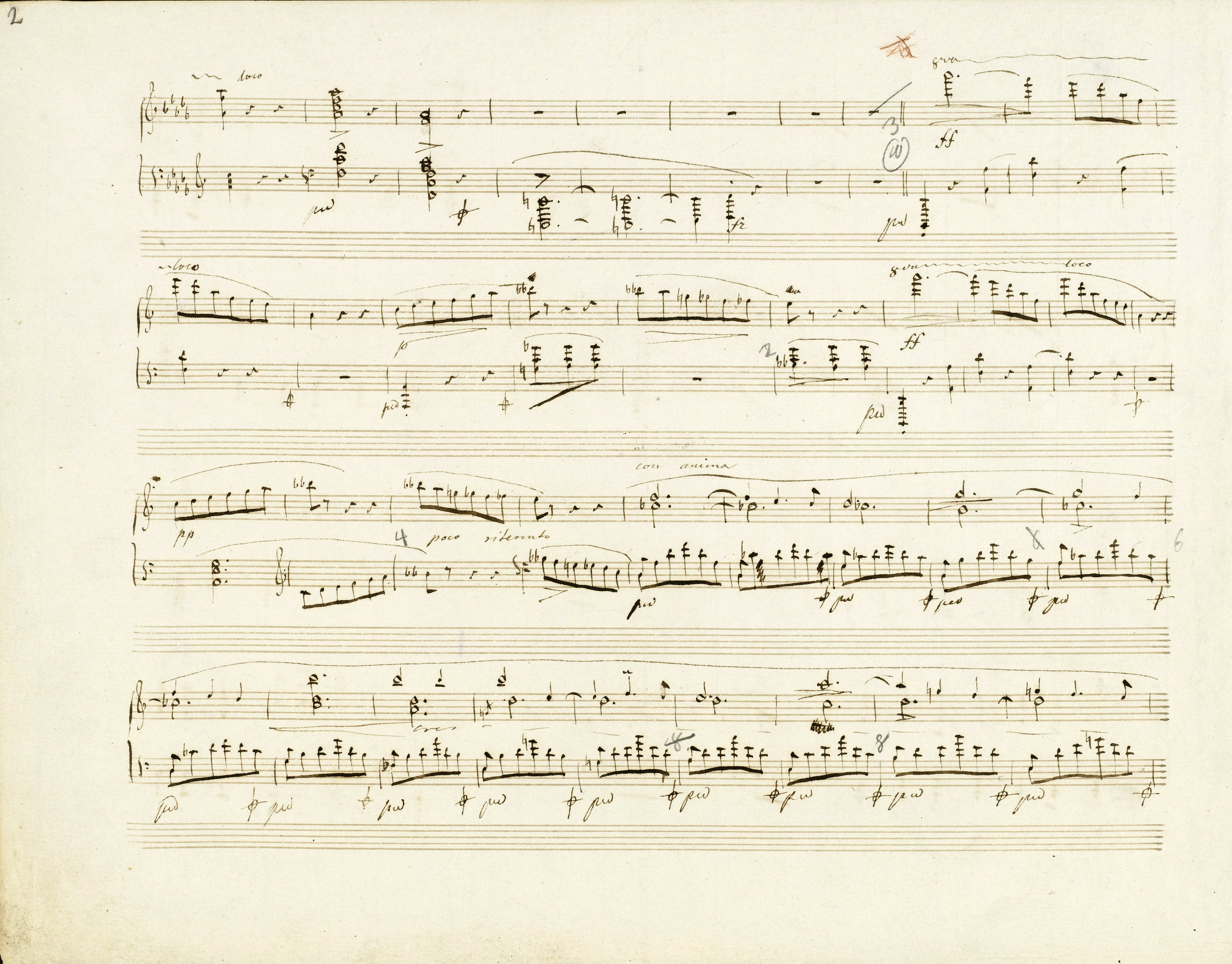Op. 2, Variations in B♭ major
Op. 10, 12 Etudes
Op. 11, Concerto in E minor
Op. 21, Concerto in F minor
Op. 22, Polonaise in E♭ major
Op. 24, 4 Mazurkas
Op. 25, 12 Etudes
Op. 26, 2 Polonaises
Op. 27, 2 Nocturnes
Op. 28, 24 Preludes
Op. 30, 4 Mazurkas
Op. 35, Sonata in B♭ minor
Op. 50, 3 Mazurkas
Op. 63, 3 Mazurkas
Op. 64, 3 Waltzes
(Op. 4), Sonata in C minor




Op. 31, Scherzo in B♭ minor
According to us, in spite of the fact that the accent in this bar is slightly shorter in A than the marks in b. 69 and 76, this difference has no significance, and the accent should be regarded as long. However, both the copyist in FC and the engraver in FE considered it a common, short accent.
Compare the passage in the sources »
category imprint: Differences between sources
issues: Long accents
notation: Articulation, Accents, Hairpins



